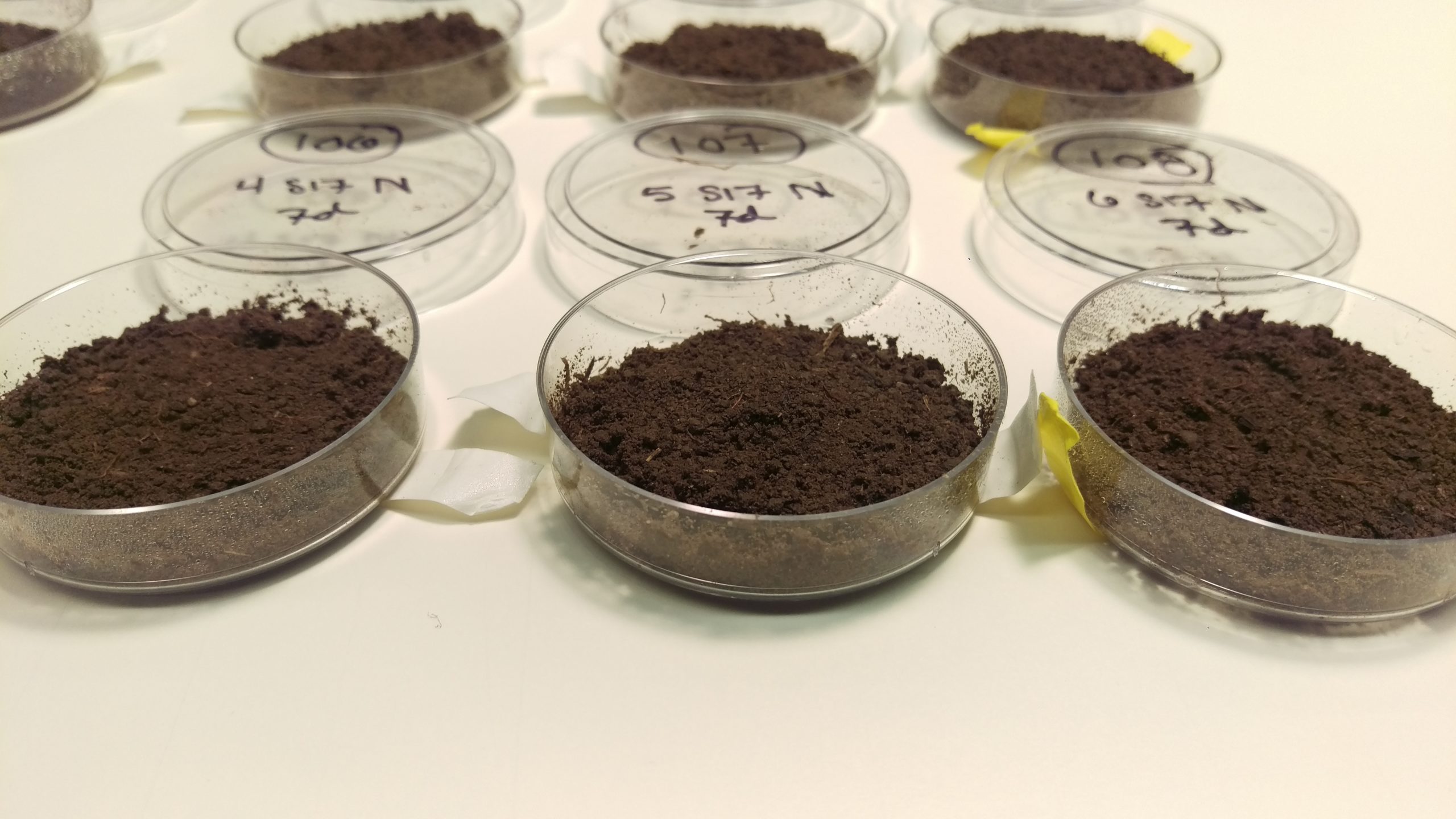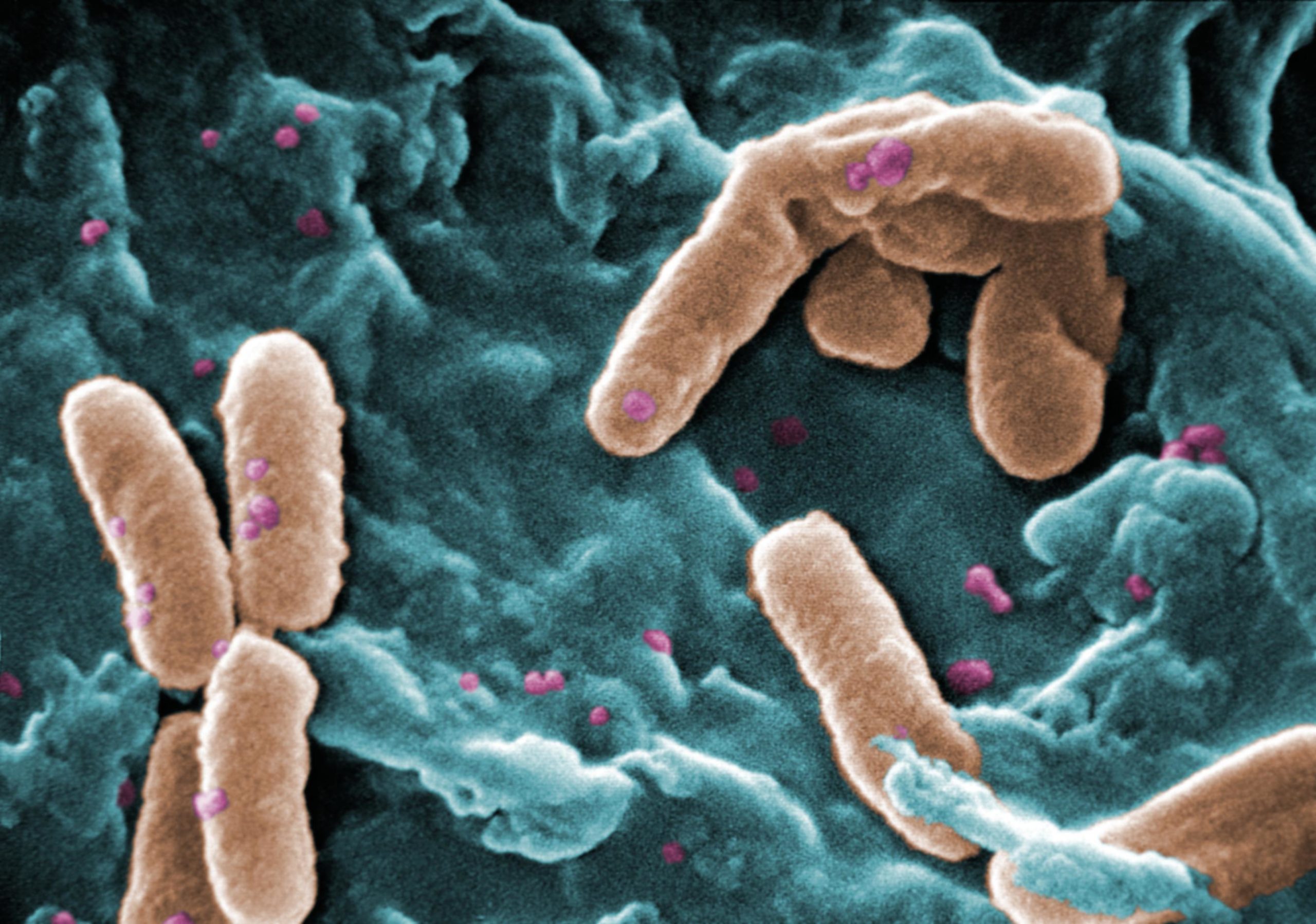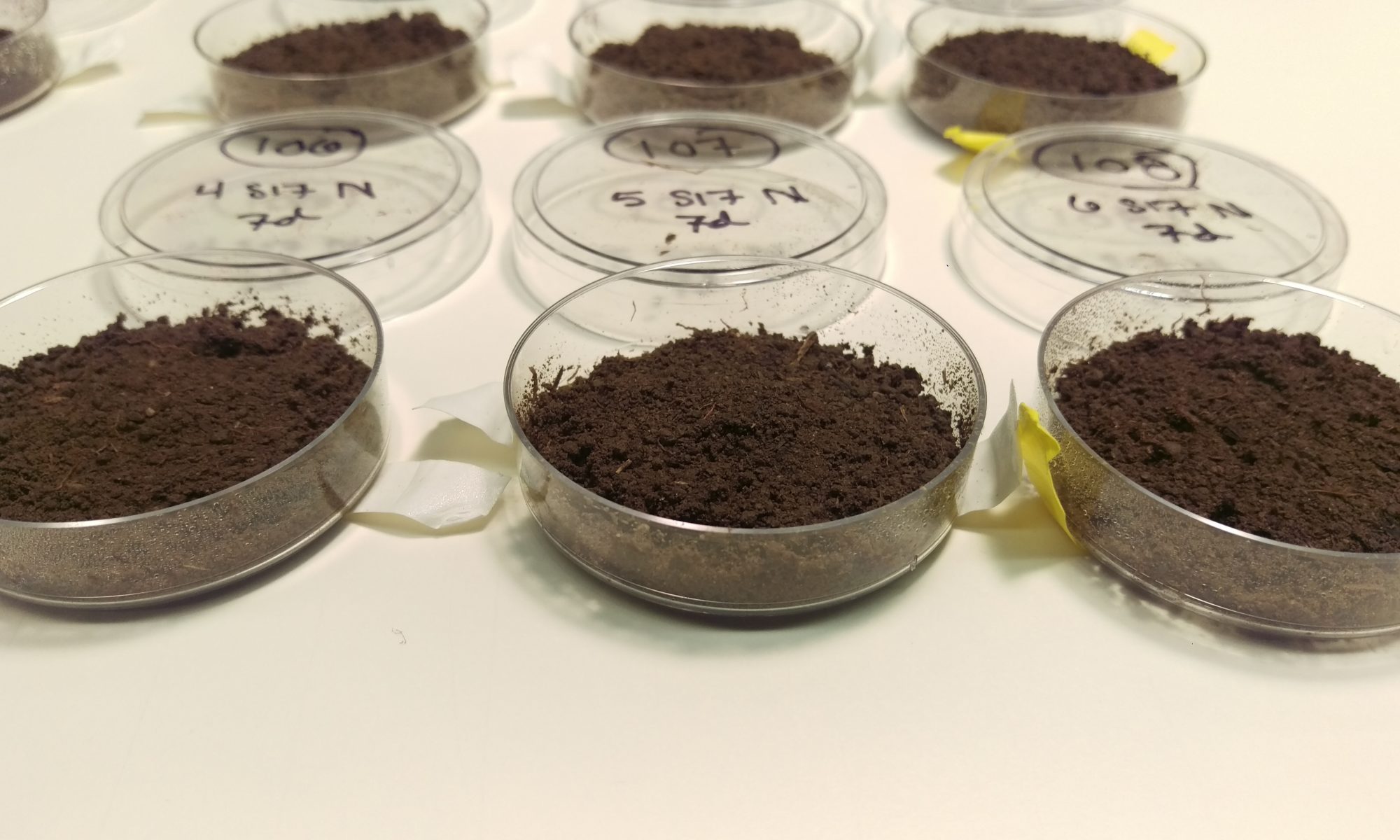Featured Image used with permission of photographer (Cassi Wattenburger)
Paper: Indigenous microbes induced fluoride release from aquifer sediments
Authors: Xubo Gao, Wenting Luo, Xuesong Luo, Chengcheng Li, Xin Zhang, Yanxin Wang
My science textbook taught me that fluorine (F) was really important for dental health, and I’ve since learned that both excessive and insufficient amounts of fluoride in groundwater can cause health issues. While the chemistry behind the release of fluoride ions from rocks or sediments into groundwater is well understood, the microbiology of this process is not. Specifically, scientists have been wondering whether microbes could speed up the release of F from sediments into groundwater.
Before we embark on this story, it is important to understand that F can get into groundwater in two ways: by mineral dissolution or desorption from mineral surfaces, i.e. F ions getting released from mineral surfaces. To understand how microbes could be involved in either or both of these processes, the authors collected sediment and groundwater samples from Yuncheng city, China, and set up microcosm experiments. But first, what is a microcosm? Simply put, it’s a way to transplant samples from the field into the lab and observe them under a set of standardized conditions. In this case, these scientists set up flasks with different combinations of field samples and their sterilised versions, for example, sterile groundwater and regular sediment, regular groundwater and regular sediment, etc. By tracking the changing levels of different ions in the microcosms, the authors make some guesses about how microbes might be releasing F from these sediments.

Soil samples incubated in a laboratory microcosm experiment. Image courtesy Cassi Wattenburger, used with permission
They compared the fluoride (F) levels released from sediment incubated with sterile groundwater (which shouldn’t contain any microbes), and the F levels released from sediment incubated with regular groundwater (which should contain the native microbial community), and found that fluoride levels had increased in the the microcosms with regular groundwater. While the F concentration continued to increase steadily throughout the incubation period, the number of microbial cells initially increased but seemed to stagnate by day 4. So how exactly could the microbial community be contributing to F release?
The authors have an idea: they suggest that the dissolution of minerals like calcite, dolomite and Al and Mn oxyhydroxides increase levels of calcium, magnesium, aluminium (Al) and manganese (Mn) ions point to the release of F. They noticed the microcosms became more acidic over time, which would have created favorable conditions for both mineral dissolution and desorption of fluoride ions. Indeed, some of the microbes that were enriched in these cultures have previously shown hints of such functions: bacteria like Pseudomonas and Azospirillum can weather minerals in rocks, while Proteobacteria could facilitate redox reactions.

Colorized Scanning Electron Micrograph image of Pseudomonas bacteria. Image courtesy CDC, Public Domain
Meanwhile, given that acidity seems to be an important condition for the release of F into groundwater, the authors recommend the addition of acidic substances like biochar to remediate the problem of excessive F release into groundwater. We’re still unclear on how exactly microbes mediate F release and what benefits F offers the microbial community, but there is evidence to suggest that microbes play an important role in this and many other geochemical processes. This study calls for a greater examination of the role that microbes play in F release from aquifer sediments, especially considering that it is a semi-essential element of vital importance for teeth and bone health.
Do Microbes Release Fluorine from Rocks? by Janani Hariharan is licensed under a Creative Commons Attribution 4.0 International License.

